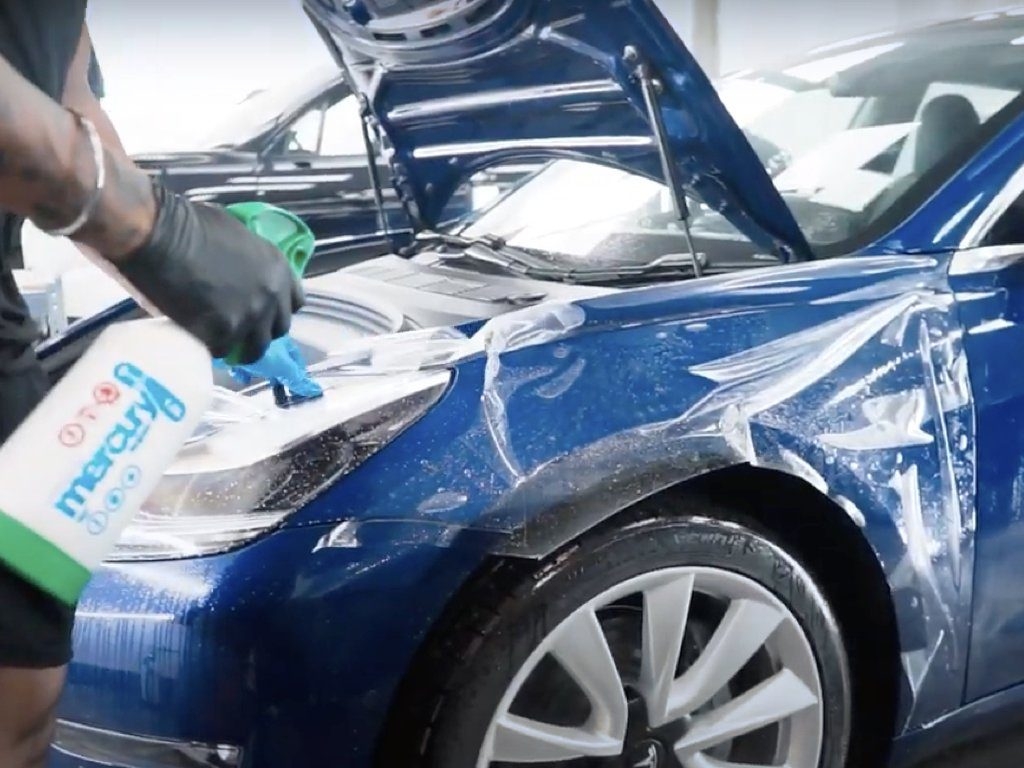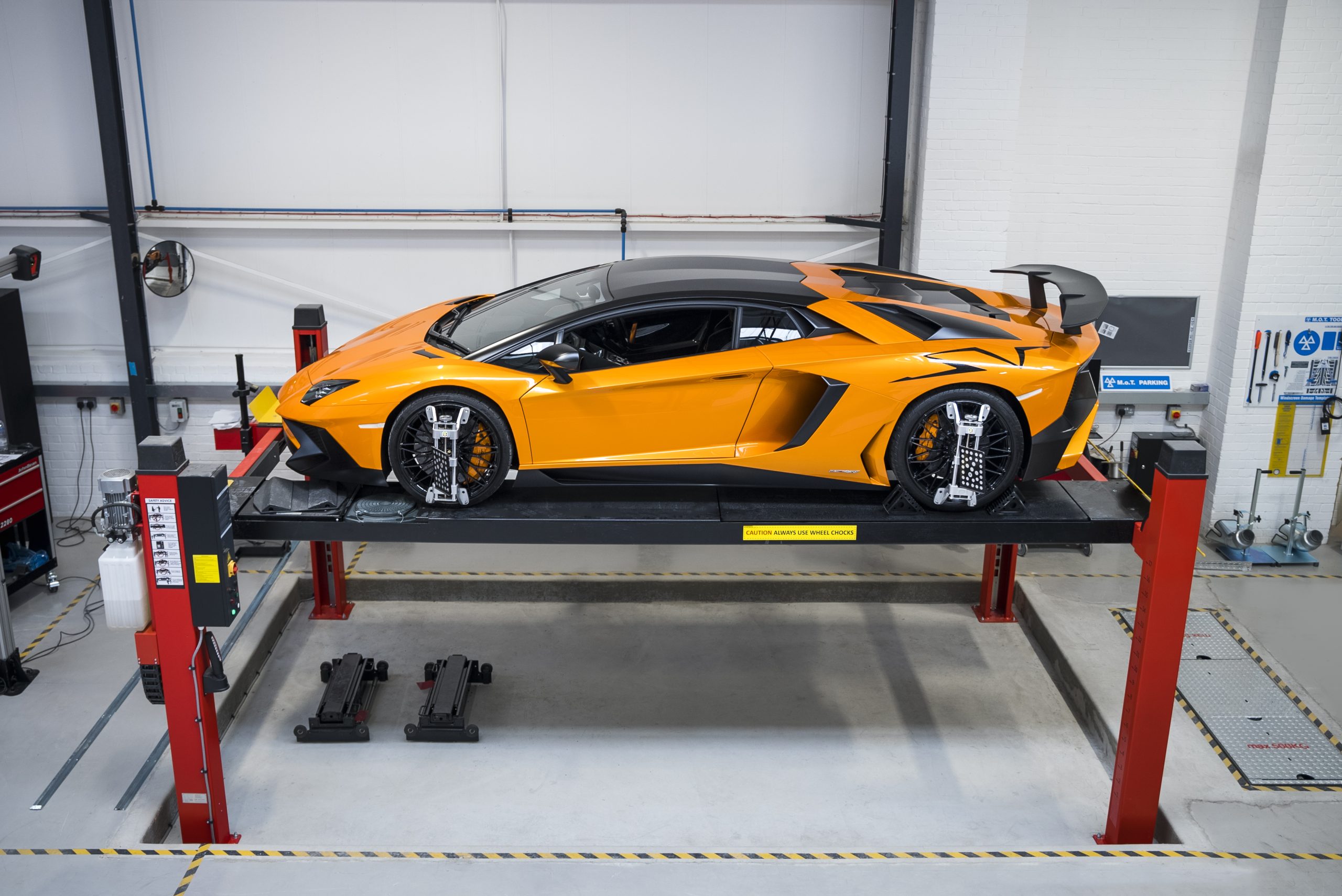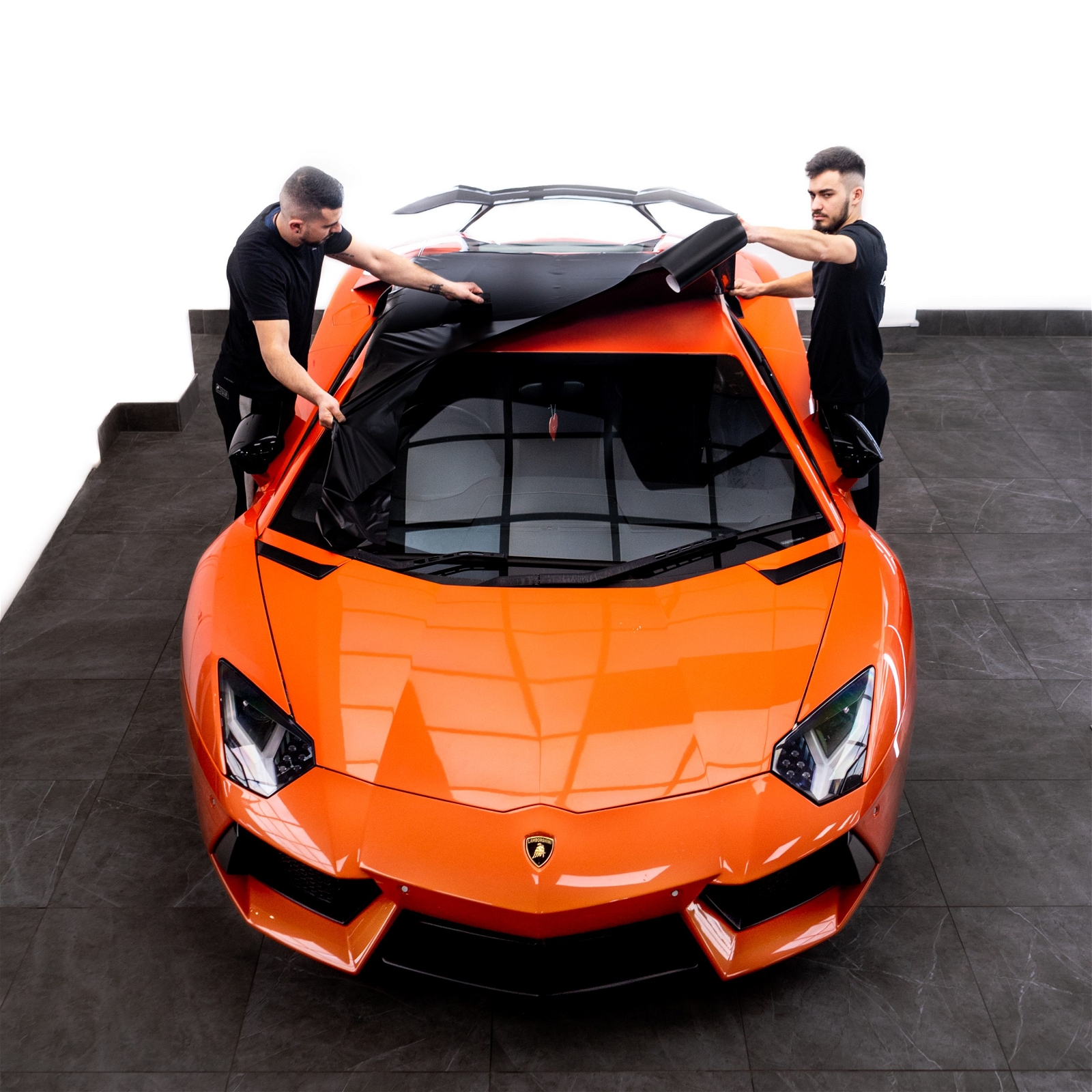Maserati Ghibli review
Problem is, if you’re writing a cheque said car can’t cash, soon you’ll find yourself with customers who are not only bored but also disappointed.
There are no such concerns here. The Ghibli is to Maserati what the DB7 was to Aston Martin or the Elise to Lotus. This car has to take the company from a Stygian mire of minority interest to mainstream respectability.
The quest will be boosted by the new Quattroporte and the Levante SUV, but for now the Ghibli has to make the difference. And a difference it is making. In 2012 Maserati sold 6000 cars – a tally set against a best-ever year of 9000 cars in 2008. Last year that number was 22,500 cars.
Those who snorted into their coffee at Maserati’s stated intent to shift 50,000 units next year might be feeling they underestimated the desire of customers to own a car with a trident on its nose.
Costing upwards of £48k and available with diesel power, the Ghibli has been attracting attention like no Maserati in history. Three distinct Ghiblis have been created since 1966.
The first remains the most revered, and was designed to compete with the Lamborghini Miura and Ferrari 365 GTB/4 Daytona. Powered first by a 4.7 and then a 4.9-litre V8, it remains one of Maserati’s greatest ever road cars.
The second Ghibli was based on the unloved Biturbo platform. Built from 1992, it came with 2.0 and 2.6-litre V6 turbos. The smaller engine made more power (306bhp vs 284bhp) and transformed the car, but it wasn’t sold here.
Three models of the new Ghibli are available. The standard model is a twin-turbo 326bhp 3.0-litre V6 petrol variant. A more potent Ghibli S features a hotter twin-turbo V6, which produces 404bhp. Alternatively, for those seeking more efficient motoring, a 271bhp turbocharged 3.0-litre diesel in offered in the Ghibli Diesel.
Source: Autocar.co.uk
RECENT POSTS
SERVICES
Contact Us
"*" indicates required fields












